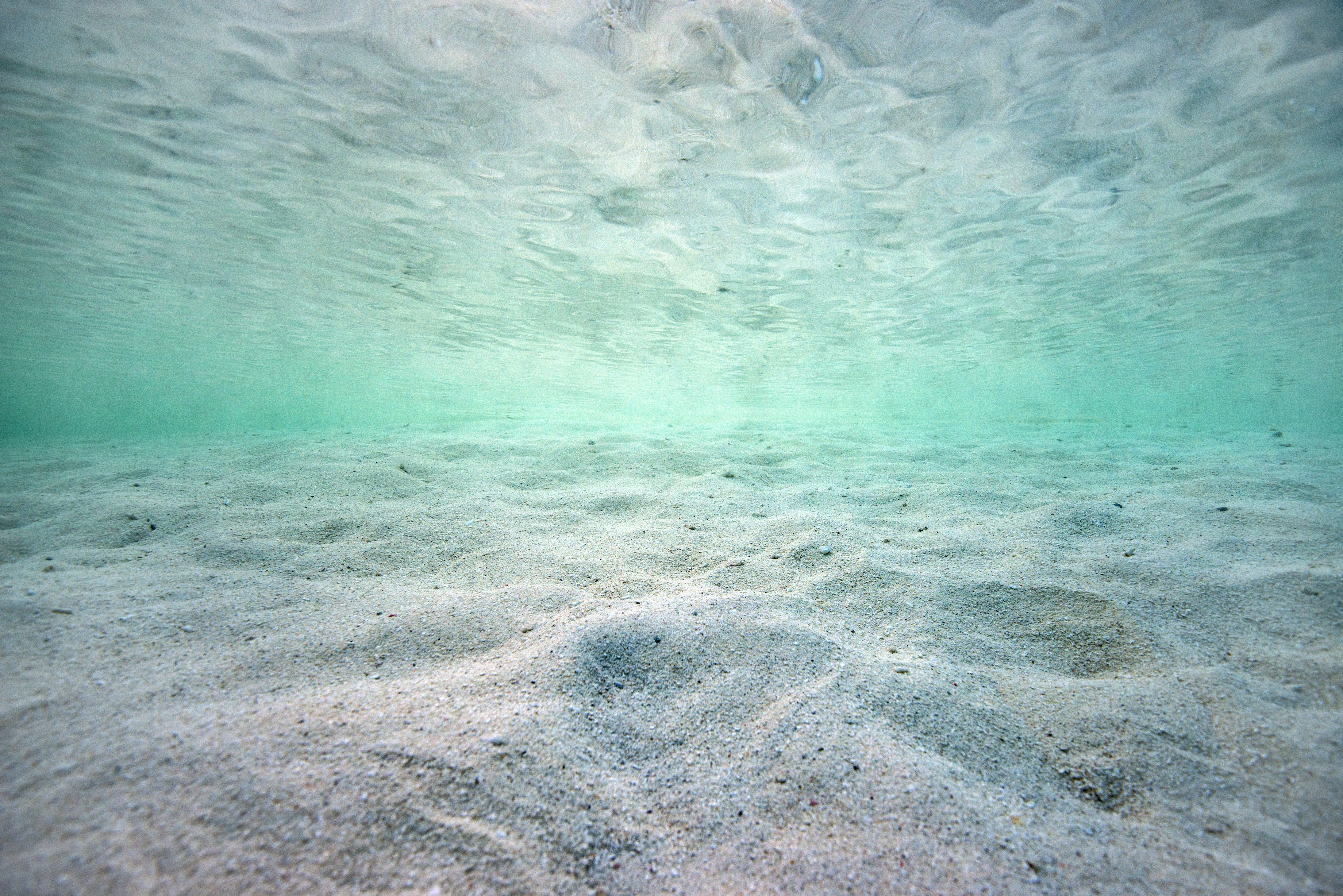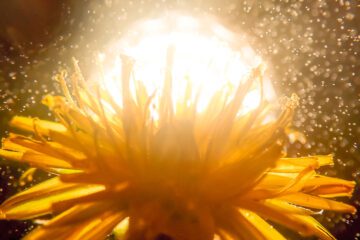“When it is our time to become extinct, we will.”
Underwater photographer, naturalist and environmental writer Umeed Mistry from India in conversation with Visual Art Editor Zara Chowdhary about anthropomorphism in photography, why Hollywood hates on sharks, and how photography, like humans, hangs in liminal moments strung together to tell the stories of our lives.






Zara Chowdhary: Thank you for this conversation, Umeed. I’m so excited to share some of your photos and words with our readers.
I’d like to start with talking a little about how humans feature in your photos and how you juxtapose them with their environment. I’m curious as to what you’re thinking or bearing in mind when framing a photograph in an environment which one would expect to be serene and ‘wild’ but where humans are, in fact, present.
Umeed Mistry: Yes, this is an observation I sometimes find myself making of my own work.
One direct reason for not having too many people in my images is because very often I consciously seek out this solitude – to be by myself, speaking without words, socializing with nature.
For a long time, I consciously composed (and still do) images keeping the human aspect out, and this is a reflection of the person I am. As Byron best described it, “I love not Man the less, but Nature more”. I started portraying nature and wildlife in a way that focused largely on the beauty, the magnificence and the pristine. I was, as I still am, enamored.
But in 2017, I wrote an Instagram post showing a trashed mangrove swamp and as my work started reaching a larger audience, I found myself shooting in a way that allowed a broader, more diverse use of the platform of photography. I have taken on assignments that have focused on human-nature interfaces and dependence. Many of these have been related to fishing and coastal communities in south India.
Now, when I approach a scene, I tend to take different kinds of images of the same scene. Some focus entirely on the natural world. Travel magazine editors want a similar portrayal of the beauty of a space, but with a human element in it, eliciting a feeling of adventure. Conservation journals want images that can show both a ‘connect’ and a ‘disconnect’ between humans and the wild. A photo that highlights processes or relationships in a straightforward visual goes towards education. What I end up sharing on social media is a tiny sliver of this work. And one of the reasons for focusing my social media content largely on nature and the joy, inspiration and peace I derive from it is because there is too much human in everything else. Social media thrives on narcissism. We’re yammering for attention to be given to absurd things that are increasingly distanced (and distancing) from the things that we should be giving more attention to. If other creatures on the planet had the same ability, on such a scale, to say, “Look at me!” then wildlife photographers would be out of work and our relationship with these creatures (and with the Earth) would be very different.








ZC: The thing that fascinates me most about your work is your interest in the nano-life: Things that divers tend to overlook in our enthusiasm for the whales, mantas and turtles that catch our eye. What are some of your favorite small things to notice underwater?
UM: I am definitely fascinated by the smaller, less obvious processes and interactions in nature – the nano-life. I can spend hours on 3 square meters of reef and find something to observe and photograph. In fact, that’s how I taught myself underwater photography. And there are many reasons for this fascination. The primary one is that when you start to understand the system at its smaller scale, the pieces of the crazy jigsaw puzzle that is the reef start to fall into place. This is true of all ecosystems. When I’ve understood what each individual coral polyp does, the reef structure as a whole becomes an incredible feat of patient construction and genius architecture. When I’ve understood who is eating whom, and where their waste is going, and who is living off that waste, and where their waste is going, it becomes difficult not to marvel at the orchestra of the natural world.
Even on a seemingly dead reef there is so much: In the fight for survival, the jostle for space, the way real-estate and resources change hands – are nowhere more visible than on the reef. And the closer you look the more you see. And this applies not just to nano-life. This seeing of the intangibles, or the unseen, is something that makes my time underwater richer. I could visit a dive site and not see a stingray on any given day. But by observing depressions in the sand and broken shells in a particular spot I can see that stingrays do visit there. This tells me something about what this reef may look like in a few hours when the nocturnal predators arrive and begin their hunt. These telltale ‘signs’ paint a more nuanced picture of that stretch of reef. Now imagine extending this sort of minute observation to the smaller life that is in fact present on the reef.
Anyone can spot a shark or turtle or ray. Large groupers, wrasse, schooling fish and common reef species are easy to spot. How one shapes one’s observations of the world underwater shapes the kind of diver they become. I know divers who have a few hundred dives under their belts, but continue to see only a sliver of this liquid space. I am perplexed by divers who come up from a dive and say it was ‘boring’. If your lens extends only to the larger creatures – the poster children, the magnificent, the camera-friendly – then you are missing out on the true magic of the reef. And that is partly why I genuinely do not have favorites and my curiosity extends to most of the things I encounter.










ZC: In your Ted Talk, you speak about how it’s easy to get overwhelmed and cynical in these times, about the environment and the future of the planet. How do you keep yourself from feeling like it’s a tough battle and one we may likely lose?
UM: I don’t keep myself from feeling like it’s a tough battle. Any individual battling an addiction or marginalization knows it is tough. We’re a species trying to fight so many difficult things on a global scale, with poor coordination and cooperation. And all these challenges still only fall within the purview of our homocentric tunnel vision. Add our environmental woes to that. Of course, it’s going to be tough. I am unattached to any particular outcome. There is no losing. Why do we consider ourselves so special? When it is our time to become extinct, be it on Earth, Mars, when a more dominant species brings us to it, or when the Sun dies, we will. This is not to say we shouldn’t strive to be the best we can. But I think we have the wrong endgame in sight.
I see human existence in relation to nature, the earth and oceans in different scales. We are a part of the natural world, as much as we attempt to stand apart from it. But we have been trying to ‘manage’ wildlife, appropriating this mantle of ‘stewards of the planet’. The irony is that the thing the planet most needs protection from is ‘us’. We are a mere flicker, a few ticks of the seconds’ hand on a geological clock. The timescale is far larger than the ‘human experiment’ unfolding right now on the planet. Yes, it’s undeniable that our actions have resulted in greater degradation to the earth and to the greatest extinction of species than the actions of any other species that has inhabited this rock. But let’s not forget that as there was life before us, so will it succeed us; in whatever form.
What does it mean to ‘lose the battle’? The earth has its limitations. Within the closed system of life, a balance will have to be struck. And if a burgeoning population and limited resources are the current imbalances that are in motion then eventually the earth’s population and its consumption of resources will have to change.
The most immediate driver of my efforts in photography and education isn’t the idea of ‘conservation’. In fact, I have a problem with what conservation has come to mean. What drives my work is the idea of ‘connection’ – for whatever time we may or may not have, I want people to derive as much joy, sense of self, wonder, peace, perspective, oneness, smallness, bigness and awe from nature as I do. We may be heading for an apocalyptic break down of natural processes and a mass extinction of the animals we currently recognize. We may have a long battle with plastics and pollution. We may come out the other end diminished, broken, or not at all. But to me that doesn’t matter. Because right now a child who is labeled ADHD by the education system but is learning about the life cycle of butterflies by walking through a garden. A suicide survivor is feeling a modicum of peace as the ocean gently touches his toes. A 9-to-5’er is looking at her desktop image of a forest stream and questioning her definition of health and success. Yes, connection may lead to conservation down the road. But it is not my primary intention. When a person traveling into the forest or to the sea with me is moved by their time spent there, the larger conservation goalposts have already shifted closer. When someone’s curiosity is sparked by a photograph or an article, that tiny ember will catch; maybe not immediately, maybe not even in a way that may lead them to work with the environment. But I’m okay with that. We could definitely use more nature-loving bankers and ocean-obsessed CEOs.




ZC: You wrote this thought-provoking post about sharks on World Shark Day last year about how sharks have been mythologized into creatures of fear by Hollywood. Can you share a little more about that?
UM: Anthropomorphism. Anthropocentrism. There are many levels to both these ‘isms’, and they affect the human view of animals and nature. One of the most obvious examples is how we are okay eating some animals, specifically mammals, but we turn our noses or moralities up at others. This of course is a simplistic example to highlight our skewed perceptions of the animal kingdom, including our perceived separateness from it. We anthropomorphize based on personal bias, in ways that best suit us. For humans to recognize the fact that animals feel joy, sorrow, pain, fear, comfort, loneliness is great! Because they do! But to reserve this recognition to a select few domesticated mammals (and by misplaced extension other wild, four-limbed mammals) that have become stars in feel-good narratives, while balking at the notion that many species (non-mammalian included) are capable of similar bio-chemical emotional processes – is the classic blinkered human perspective that contributes to our deteriorating relationship with other species. Why are we so surprised when scientists discover that cetaceans are incredibly intelligent and social creatures that have complex languages and emotional responses? They are, after all, mammals. Why does an image of a tiger elicit awe while the image of a shark elicits fear? The tiger, if it found you hanging around in your bathing suit on the forest floor, will do as much damage. Science is still playing catch-up. But if we are waiting for science to confirm sentience in other life forms so that we may then afford them compassion (and positive anthropomorphism) as we now do dolphins, cats and dogs, are we going to feel a flood of retrospective compassion for a whole bunch of animals that no longer exist?
With a creature like the shark (and again, specifically the big-toothed, snapping variety) the formula has been so predictable, and its message so ingrained, that I think it’s going to be a long time before conversations about these animals aren’t laced with collective fears. It is still one of the most frequent questions that I get asked: ‘Isn’t it dangerous to photograph sharks?” To me, this question indicates that the asker’s awareness extends only to pop culture references of shark attacks. The sad truth is that in the world of sharks (and countless other species) human beings are the real villains. We are steadily exterminating the ocean’s apex predators that have existed for over 400 million years, and in that time, avoided four global mass extinctions. We are decimating creatures that are older than trees. And we don’t have a full understanding of the repercussions. A quick online search gives multiple counter arguments to the Hollywood narrative of the shark as a personification of our fears of the ocean and the unknown. Even shark attack victims are joining the effort to educate people about the importance of protecting these animals. But keeping these fears alive is a more profitable and appealing narrative. It’s easier to spin tales around a big-toothed animal from the deep that instigates primal terror and therefore, justifies our ‘need’ to be at constant odds against something.










ZC: Your photographs often exist in this liminal space between two worlds: above water and under, busy streets and quiet corners. The picture is at this intersection of two contrasting moments.
UM: Life is a series of moments. And a camera freezes some of them in time. So, yes, that is often how I see things. But even this has come through a personal evolution. Love, loss, regret – they teach us the value of being present. Despite a tendency to brood, which I believe is necessary in parts for introspection and growth, I have also understood the importance of being here and now. And over the last few years I have consciously attempted to incorporate that into my existence. Being outdoors– in the forest, the sea, away from all the nonsense that clamors for our attention– makes it easier to be present.
These ideas extend into many other aspects of human life. We experience some moments, but spend an inordinate amount of energy trying to drag out the good ones and hurry through the not-so-good ones. We do this with relationships, with the state of our bodies, with our work. We’re trying to live a continuum by stringing together moments we like and leave out those we don’t. And I guess my images speak to that.
The changing of our world is inevitable. Someone who sees a coral reef for the first time in 2019 is going to think of its current state as the norm. And in a sense, it is. Only someone who has seen reefs change over the decades knows that the norm has shifted. And it is important to know what was. But I think it is even more important to participate in what is. Taking people out into nature and lamenting how beautiful that space was ten years ago is doing an injustice to the space and to the people visiting it. It envelopes one with a sense of the past – of loss and helplessness – instead of creating a connection that can inspire in the present.
Mistry’s work has been featured in the National Geographic Traveller, Asian Diver, UW360, Scuba Diver Australasia, and Outlook Traveller amongst others. He was awarded the All India Better Photography Photographer of the Year 2007.
Mistry’s work is accessible on Instagram and Facebook.
Interviewer: Zara Chowdhary is an MFA Creative Writing and Environment candidate at Iowa State University and Visual Arts Editor for Flyway. She writes about both cities of the future and the landscapes of her past with equal rigor in her non-fiction and sci-fi work. She also teaches Freshmen Composition and Rhetoric through the lens of food politics.




